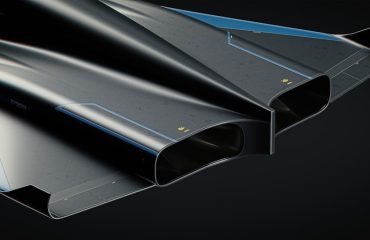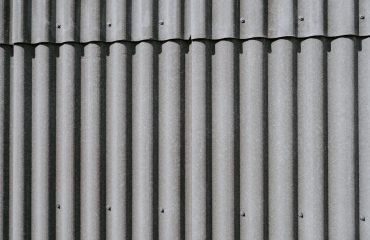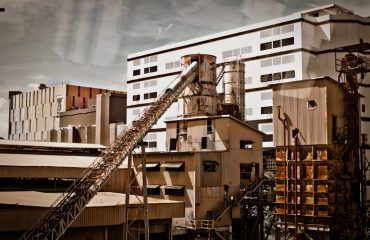Choosing the right materials is paramount in construction. Two titans consistently vie for dominance: concrete and steel. Both offer unique properties, making them suitable for different applications. This in-depth comparison will delve into the strengths and weaknesses of each, helping you make informed decisions for your next project.
Strength and Durability: A Heavyweight Battle
Concrete, a composite material of cement, aggregates, and water, boasts impressive compressive strength. It excels in resisting crushing forces, making it ideal for foundations, columns, and walls. However, its tensile strength (resistance to pulling forces) is significantly lower. Steel, on the other hand, possesses exceptional tensile strength, along with high yield strength and ductility (ability to deform before breaking). This makes it perfect for beams, girders, and other structural elements subjected to tension. While both materials are durable, their longevity depends on factors like environmental exposure, maintenance, and the quality of materials used. Concrete can be susceptible to cracking and deterioration due to freeze-thaw cycles, chemical attack, and alkali-aggregate reaction. Steel, while highly resistant to many stresses, is prone to corrosion, especially in humid or salty environments. Proper protective coatings are crucial for maximizing the lifespan of both materials.
Cost-Effectiveness: Balancing Budget and Performance
The cost of concrete and steel varies depending on location, market conditions, and project specifics. Generally, concrete is considered less expensive than steel on a per-unit-weight basis. However, the overall cost can be influenced by factors such as transportation, formwork requirements (for concrete), and fabrication costs (for steel). Concrete requires extensive formwork, which adds to the labor and material costs. Steel fabrication involves cutting, welding, and bolting, increasing its overall cost. The design complexity also plays a role; intricate steel structures can be significantly more expensive than simpler concrete designs. Ultimately, a detailed cost analysis considering all aspects is crucial for determining the most economical choice.
Flexibility and Design: Shaping the Architectural Vision
Steel’s high tensile strength and ductility lend it exceptional flexibility in design. It allows for the creation of long spans, complex curves, and intricate shapes, making it a favorite for architects seeking visually striking and innovative structures. Concrete, while less flexible in its form, can be molded into various shapes using formwork. However, achieving complex geometries often requires more intricate and expensive formwork. Recent advancements in concrete technology, such as high-performance concrete and fiber-reinforced concrete, have expanded its design possibilities, allowing for more slender and aesthetically pleasing structures. The choice between steel and concrete often hinges on the desired architectural style and the structural requirements of the project.
Sustainability and Environmental Impact: A Green Construction Perspective
Both concrete and steel have environmental footprints. Concrete production is energy-intensive, contributing to greenhouse gas emissions. The extraction and processing of cement, a key component of concrete, require significant resources and energy. Steel production also has a considerable carbon footprint, primarily due to the energy required for iron ore smelting. However, both materials can be sourced sustainably. Using recycled aggregates in concrete and employing low-carbon steel production methods can significantly reduce their environmental impact. Furthermore, the durability and longevity of both materials contribute to their overall sustainability, as they reduce the need for frequent replacements and associated resource consumption. Life cycle assessments are becoming increasingly important in evaluating the environmental performance of construction materials.
Specific Applications: Where Each Material Shines
Concrete’s compressive strength and cost-effectiveness make it ideal for foundations, retaining walls, dams, tunnels, and massive structures. Its ability to withstand heavy loads makes it suitable for high-rise buildings, although often in combination with steel for structural support. Steel, with its high tensile strength and flexibility, is commonly used in skyscrapers, bridges, long-span roofs, and industrial structures. Its lightweight nature makes it easier to transport and erect compared to concrete, leading to faster construction timelines. In many modern constructions, a hybrid approach utilizing both materials is employed to leverage the advantages of each. For instance, steel frames provide the skeletal structure, while concrete infills provide fire resistance and stability.
Ultimately, the “best” material depends entirely on the specific project requirements. Factors such as budget, design considerations, structural demands, environmental impact, and maintenance needs all play crucial roles in the decision-making process. A thorough analysis of these factors will lead to the most suitable choice between concrete and steel for your construction project.
SEO Tags: concrete, steel, construction materials, structural engineering, building design




